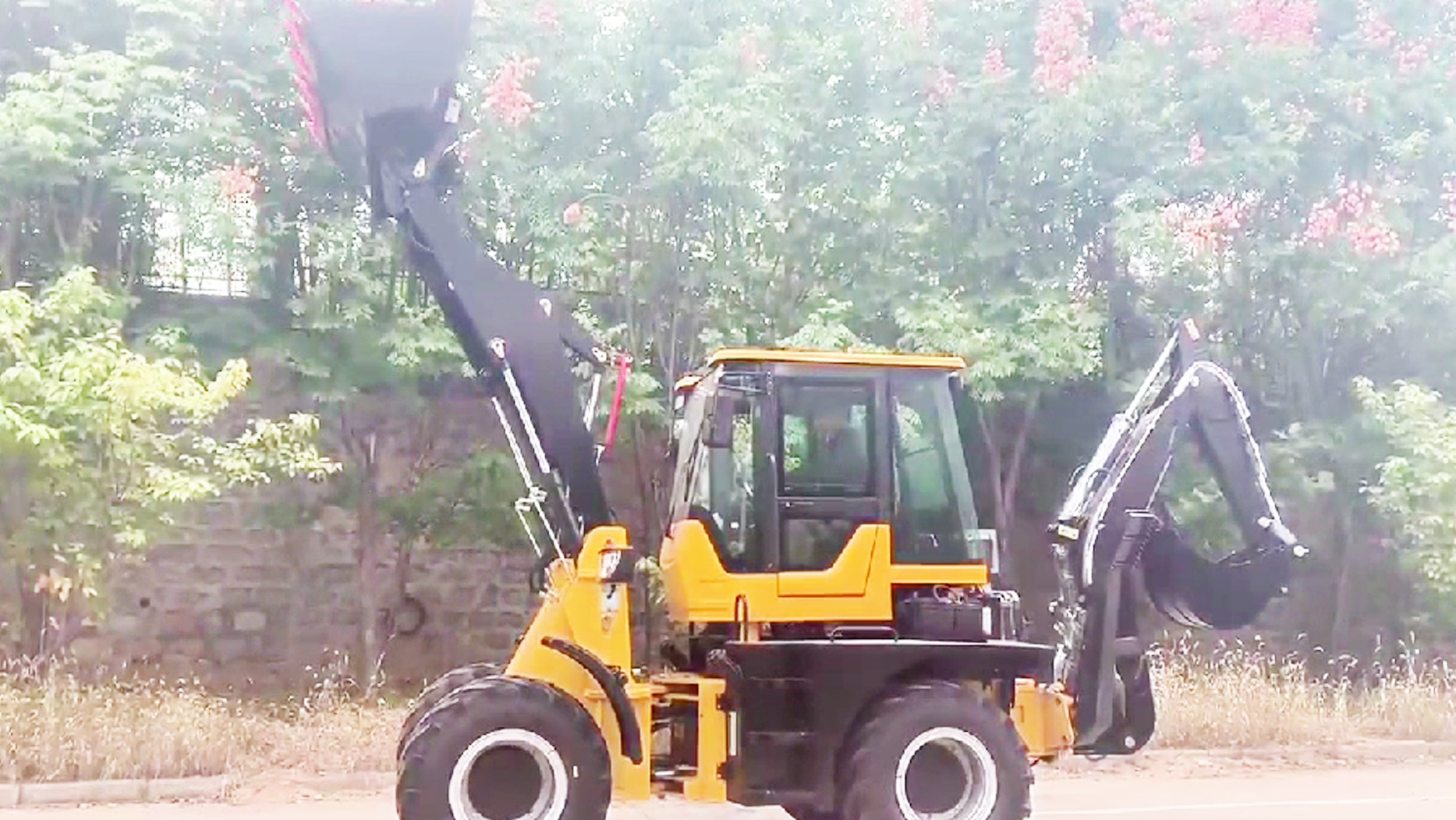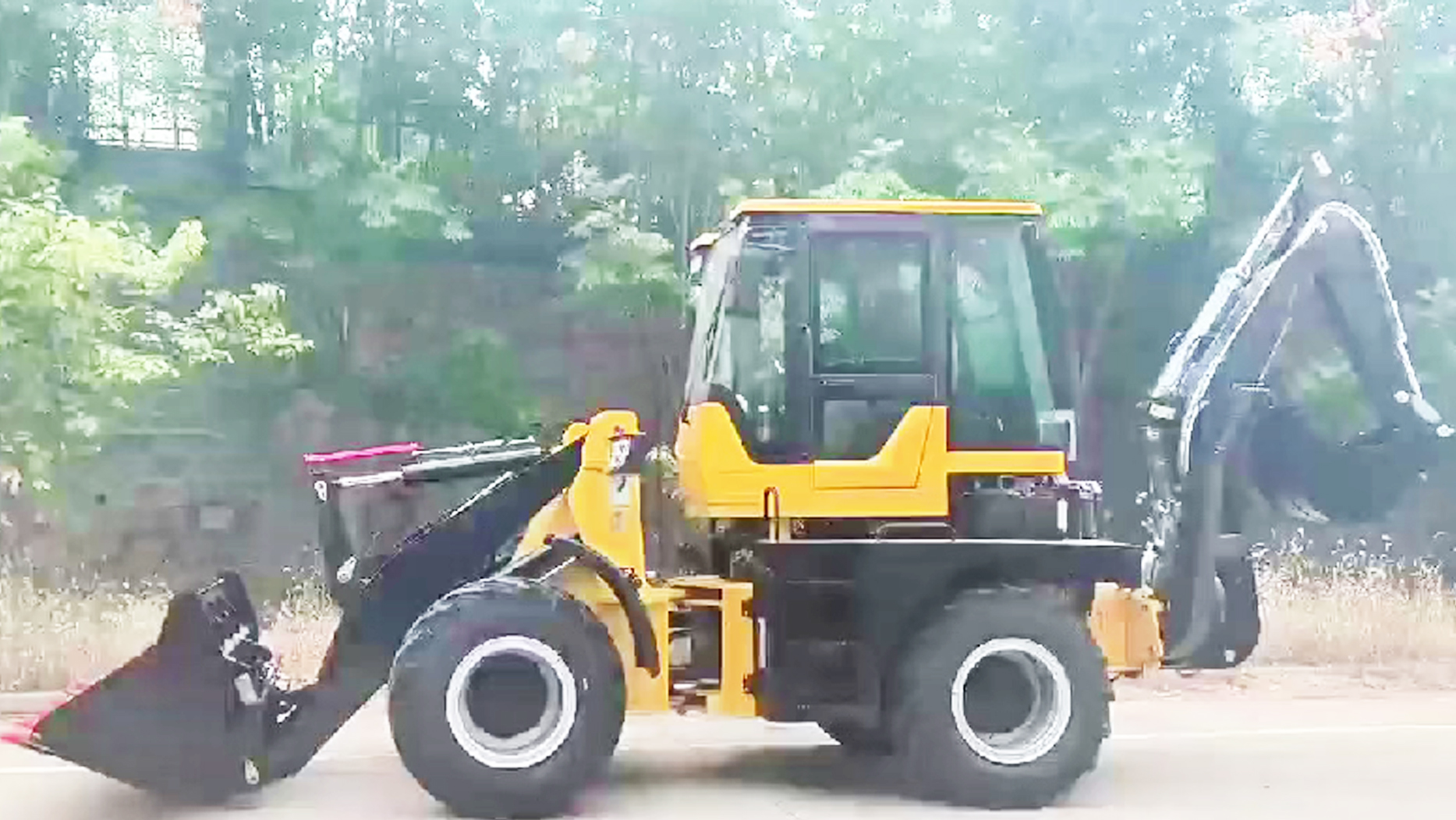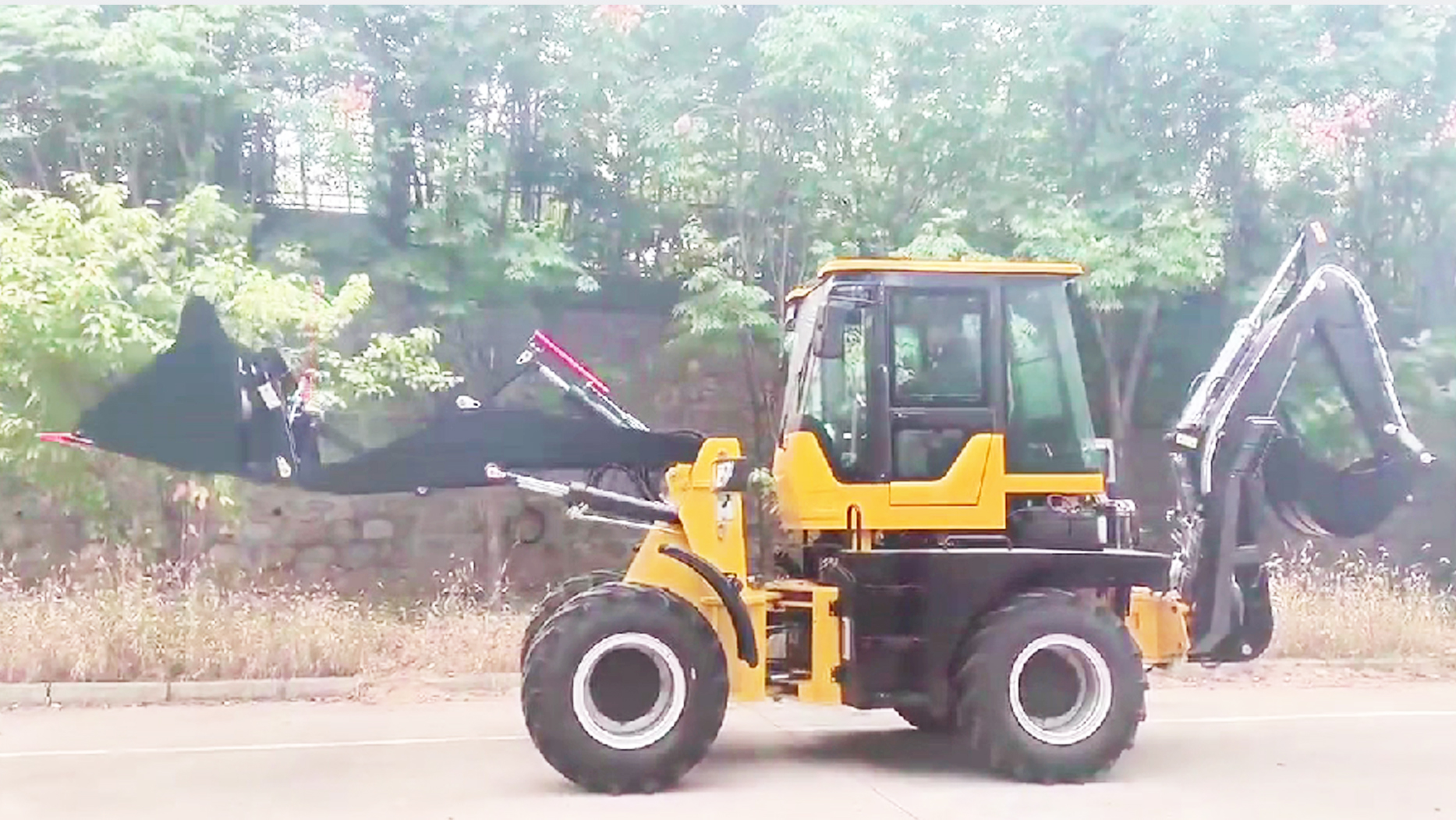I. Introduction
Leasing out construction equipment like backhoe loaders can be an excellent way to generate steady income without selling off valuable assets. As the demand for heavy machinery continues to grow across construction, landscaping, and infrastructure projects, equipment owners are increasingly turning to leasing as a strategic business move.
If you own a backhoe loader and it spends a lot of time idle, leasing it out can help you recover costs, maximize its usage, and even fund future equipment upgrades. However, to lease it successfully and profitably, it’s essential to understand how to evaluate your machine, protect your investment legally, and attract the right lessees. This guide walks you through each step of the leasing process—from preparation and pricing to marketing and management.
II. Understand the Leasing Model
Before entering the leasing business, it’s important to distinguish leasing from simple rentals. Leasing typically involves a longer-term agreement, often spanning several months or years, while renting is more short-term and flexible.
Types of Leases:
Short-Term Lease: A few weeks to a few months, offering flexibility
Long-Term Lease: 6 months to several years, usually at a reduced monthly rate
Pros of Leasing Out Your Equipment:
Consistent revenue stream
Better asset utilization
Builds relationships with contractors and businesses
Cons:
Potential wear and tear
Risk of damage or misuse
Requires ongoing oversight and paperwork
Understanding these dynamics will help you decide if leasing fits your business goals.
III. Evaluate Your Equipment
Before listing your backhoe loader, make sure it’s lease-ready. Here’s what to assess:
Condition Check
Inspect hydraulics, tires, engine, and electrical systems
Address any mechanical issues or overdue maintenance
Documentation
Service and maintenance history
Proof of ownership and insurance
Warranty status (if applicable)
Market Value
Check the current value of similar models
Consider age, hours used, brand reputation, and attachments
Reliable and well-documented equipment is more attractive to lessees and justifies a higher leasing rate.
IV. Prepare Legal Documentation
A well-written lease agreement protects both you and the lessee. It should clearly outline:
Lease Duration and Fees: Start and end dates, payment frequency
Insurance Requirements: Ensure the lessee provides coverage for liability, damage, and theft
Maintenance Responsibilities: Define who handles routine maintenance and repairs
Damage and Return Conditions: Describe what constitutes acceptable wear, and who pays for repairs
Usage Restrictions: Include permitted uses, geographic limits, and operator qualifications
Termination Clauses: Cover early termination fees or grounds for lease cancellation
Consult a legal professional to ensure the agreement complies with local laws and regulations.
V. Set a Competitive Lease Price
Pricing your lease correctly ensures profitability while remaining competitive.
Research the Market
Compare lease rates for similar backhoe loaders in your area
Contact local rental companies for pricing benchmarks
Determine Your Rate Structure
Daily Rate: $150–$250
Weekly Rate: $500–$900
Monthly Rate: $1,500–$3,000
Consider Additional Costs
Attachments (e.g., hydraulic breakers, buckets)
Fuel costs if supplied
Delivery and pickup fees
Setting clear and transparent pricing helps build trust with potential clients.
VI. Market Your Backhoe Loader
Effective marketing increases visibility and leasing opportunities.
Listing Platforms
Online equipment rental platforms (e.g., Equipment Trader, Machinery Trader)
Social media (Facebook Marketplace, LinkedIn)
Local construction supply stores or bulletin boards
What to Include in Your Listing
High-quality images of the equipment
Detailed specifications (brand, model, year, hours, attachments)
Availability, pricing, and contact details
Key selling points (e.g., low hours, fuel efficiency, recent service)
A professional-looking listing can make your machine stand out and attract reliable clients.
VII. Screen Potential Lessees
Not every inquiry will be a good fit. Proper screening helps prevent misuse or payment issues.
Verify Credentials
Business license or contractor credentials
Proof of insurance
References from past equipment rentals
Evaluate Their Needs
Ask about the project type and expected duration
Confirm that operators are certified to use backhoe loaders
Being selective ensures your equipment is used responsibly and returned in good condition.
VIII. Manage the Leasing Process
Once you finalize the lease, keep everything organized and documented.
Equipment Handoff
Conduct a walk-around inspection with the lessee
Take photos and document condition before handover
Provide training or a user manual if necessary
During the Lease
Maintain communication with the lessee
Schedule periodic check-ins if it’s a long-term lease
End of Lease
Reinspect the equipment
Compare condition to initial documentation
Settle any disputes over damage or late return
Good documentation and communication reduce misunderstandings and foster repeat business.
IX. Maintain and Monitor
While the backhoe is on lease, ongoing maintenance is crucial.
Responsibilities
Define who handles what (e.g., oil changes, filter replacements)
Schedule service intervals in advance
Monitoring Tools
Use GPS trackers or telematics systems (optional)
Track usage hours and performance remotely
Maintaining your machine during a lease extends its lifespan and ensures continued earnings.
X. Conclusion
Leasing out your backhoe loader can be a smart way to generate passive income and get more value from your equipment investment. By evaluating your machine, preparing strong legal documents, setting fair prices, and managing relationships with care, you’ll create a sustainable and profitable leasing operation. With the right setup and due diligence, your backhoe loader can become a reliable revenue stream in today’s growing construction market.
Post time:Apr.22.2025



